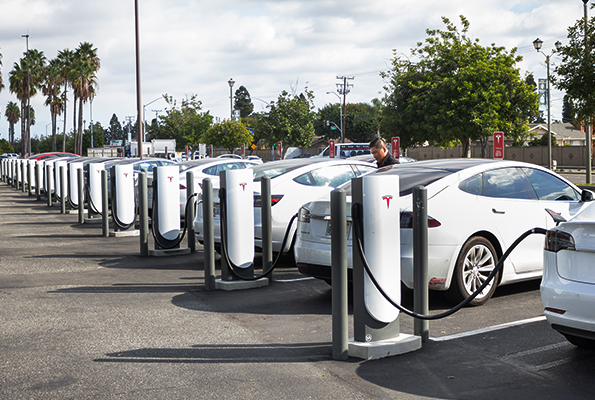It may be happening at last. Technologists have been predicting the arrival of the electric vehicle era for years. Finally, electric vehicles are becoming widely used after unsuccessful starts in the early 20th century, the 1970s (due to the oil crisis), and the early 2000s (when two American engineers formed a firm named Tesla Motors).
Halfway through 2022, the world achieved an annual passenger EV sales record of 7.1 million, according to data from the research group BloombergNEF. Even though ongoing strains on the automotive supply chain have made it challenging to get electrics onto dealership lots, the company anticipates 10.6 million in sales by the end of the year.
According to BloombergNEF, 13% of global passenger car sales in 2022 will be battery-electric, plug-in hybrid, or fuel-cell vehicles. Germany (26%), the UK (24%), and China (23%) top in growth. In the first half of 2018, only 7% of US passenger vehicles were zero-emission.
Well? Progressive transportation policy is helping the government battle climate change. Since 2020, Germany has granted electric car customers up to 9,000 euros in incentives; the government will cut the payout in 2023.
China has invested heavily in electric cars for a decade. This year, the US government passed several new programmes to help make the supply chain for electric vehicles more American. These programmes cover everything from building cars to getting rare minerals for EV batteries.
Automakers have increased electrified production. More people may now select an EV to match their needs, whether a single gal out for a weekend joyride or a busy parent toting kids and accessories. In the US, it developed all-electric SUVs like the Tesla Model Y and VW ID.4, trucks like the Ford F-150 Lightning and Rivian R1T, and zippy sports cars like the Porsche Taycan and Ford Mustang Mach-E. Europeans prefer smaller hatchbacks like the Fiat 500e and Peugeot e-208. Chinese automakers have even striven to match European safety norms.
The EV boom could continue. Reuters estimates that leading manufacturers will spend USD 1.2 trillion to produce 54 million electric vehicles by the decade’s end. Governments have pledged billions of dollars for charging infrastructure. Battery makers committed billions for factory launches.
This is good news for nations aiming to end gas-powered automobile sales by 2035. This year, the EU, California, New York, and Washington formalized their plans. EV sales are soaring, but many obstacles may stall the electric revolution.
EV chargers aren’t widely available. Governments and businesses must collaborate to set up a worldwide network of electric chargers for cars, vans, and trucks. The world’s supply of battery minerals—lithium, nickel, cobalt, even graphite—is limited, and mining them is nasty. 2022: When will the electric tipping point occur? Only retrospect can answer this question.



